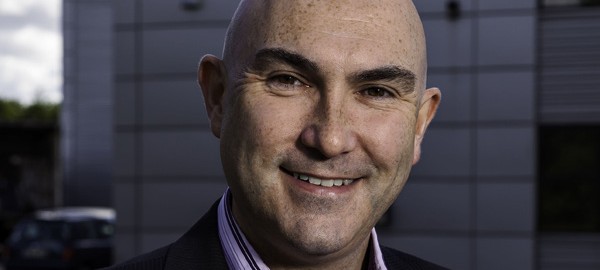Blessing in Disguise
Is the end of Microsoft Windows XP a boon for desktop virtualisation vendors?
The curtain is about to fall on what is arguably Microsoft’s most popular desktop operating system. In just two days’ time, Windows XP will be formally discontinued by the software giant. And as the release of critical security patches comes to an end, many organisations will be left wondering if their infrastructure and sensitive business data is at risk if they fail to upgrade.
The end of life notice has admittedly been well flagged in advance by technology and media circles but has it prompted organisations to re-think their desktop computing strategy and make the move towards desktop virtualisation or virtual desktop infrastructure (VDI)?
Tadhg Cashman, infrastructure services director with Logicalis has seen a marked interest in VDI over the last year in particular, triggered by the need to address maturing hardware and software product lifecycles.
“There’s a strong business case for VDI. If you look at it from a once-off investment perspective, it may not stack up in the initial year but over the lifetime of the solution, it adds flexibility and reduces management costs.
“Managing 1,000 desktops around a hospital campus for example is a very labour-intensive affair but if you can do it using virtual desktops, the management of the virtual workload on its journey out to the cloud becomes so much easier,” he said.
But not everyone believes that VDI is the solution to desktop migration woes and according to Richard O’Brien, IT director with Triangle, a lot of organisations have already addressed their Windows XP issues with a more traditional approach.
“I’ve had many conversations around VDI but given project scope and cost, a lot of customers decided to go ahead with migration on the existing physical. In general administration, finance and marketing, it’s a harder business case to say ‘I’m going to give you a virtual desktop’.
“We see traction in education, healthcare, and call centres where I might be looking for ‘follow me’ desktop. I’ve got a particular use case and I can very clearly see the business value in doing it. If I have agents moving between different clients, I can provision them a desktop very quickly in the background,” he said.
But while there’ a clear case for VDI in homogenous, large-scale deployments, does the technology scale down and make business sense for small enterprise?
Francis O’Haire director, technology & strategy with Data Solutions believes it does and the company is attempting to address this market gap by launching a Desktop as a Service (DaaS) offering called ‘Desktops365’ which will be sold through Irish channel partners.
“Many smaller organisations will consider using Infrastructure as a Service (IaaS) and DaaS because they want the benefits that virtualisation brings, but they don’t want to have to invest in building and managing the virtualisation layer themselves.
“We are seeing a lot of interest from smaller companies who want to use virtual desktops but who can’t afford to own the infrastructure to do this. I would liken this to the desire to ‘buy the milk versus own the cow’,” he said.
But there’s some resistance to desktop virtualisation from IT managers according to George Dowling, cloud and managed services practice lead with Ergo.
“When you encounter application remediation issues, such as getting printing queues working or integrating with an old mainframe system, desktop virtualisation doesn’t make sense as you can’t do it for the entire organisation or it only makes sense in pockets,” he said.
Dowling believes that in some respect, desktop virtualisation has been bypassed by application evolution and the move towards APIs and multi-device access.
“If you look at the way modern applications are developed, they’re almost exclusively developed for either cloud or web. Because you can access these applications from anywhere now, the entire reason for doing desktop virtualisation has almost evaporated. We’re in an age where everything is web-enabled and you don’t need to virtualise as it’s already done,” he said.




Leave a Reply
Want to join the discussion?Feel free to contribute!